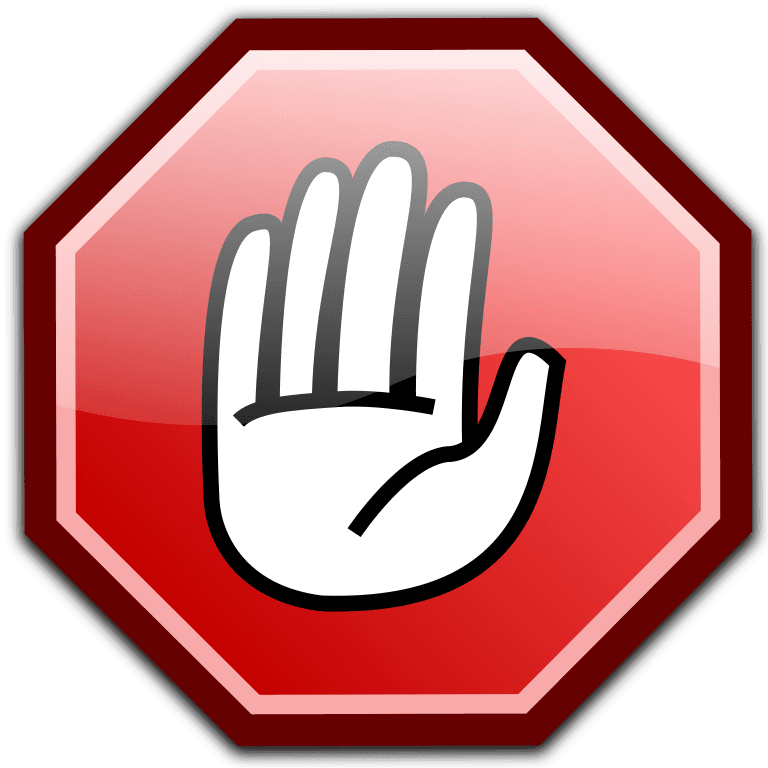Based on what I’ve seen over the years, most people shouldn’t even take the lid off hi-fi electronics, let alone spray anything into it!
Sorry, but not sorry really, because remember what my job is – SAVING classic hi-fi equipment! Now, let’s qualify this and note that if you have access to good commercial-quality products appropriate for your use case and properly know how to use them, sure, go for it.
But those people don’t need an FAQ, and they don’t represent 99% of hi-fi equipment owners. For everyone else wondering if a little forum research and a can of WD-40 or CRC 5.56 is the way to go: STOP, put the can down and s-l-o-w-l-y back away from the equipment!

The contact, switch and potentiometer cleaners and treatments I use are commercial and laboratory-grade products, usually applied as part of a multi-stage deep cleaning and treatment regimen I’ve designed. These regimens specifically cater for equipment that has often never been serviced and is usually long past its intended design life. No official service procedures exist in these cases.
These products are very different from those often found in hobbyist electronics stores that leave oily residues and offer only short-term relief, and they are very different, completely unrelated in fact, to spray lubricants like WD-40 and CRC 5.56.
WD-40
WD-40 and CRC 5.56 are aerosol-delivered, low-viscosity, penetrating lubricants, water dispersers and corrosion inhibitors. These products consist of light oils suspended in volatile carriers that evaporate, leaving oily residues that protect metallic surfaces from corrosion for a short time.
However, one of the issues with these products, especially WD-40, is that they are marketed a little like the old radium water was: good for everything, but in reality, WD-40 is not much good for anything other than loosening stuck fasteners!
The residues these products leave attract dust and dirt. This is less important on external nuts and bolts, but becomes a very significant problem inside sensitive switches, relays and potentiometers containing human hair-thin gold pads, traces and wipers. Inside these delicate components, oily residues trap dirt, increasing friction and noise, and turning this residue into an abrasive paste, making such components dirtier and less reliable over time.
The use of pressurised aerosols containing oleophilic solvents can also flush out greases and oils that are part of the smooth mechanical operation of the switch/pot/etc. Where this occurs, these lubricants must be replaced with new premium products suitable for the role. WD-40 is not one of them.

At some point after applying WD-40 or CRC 5.56, deep cleaning to remove these contaminants and re-treatment and lubrication will be needed to restore proper functionality. That is assuming permanent damage has not been caused through wear over an extended period of operation. This follow-up work is time-consuming and technical, and sometimes it’s too late.
But Mike, WD-40 was developed for NASA, for use on rockets! You’re just saying this to generate work!
I’m not sure this was ever true, and either way, it doesn’t matter because it’s NOT a contact cleaner or treatment, and it wreaks havoc on electronic equipment. In terms of generating work, I’m fully booked for most of the year, every year. I genuinely don’t need more work!
To summarise, hard-core WD-40 lovers are welcome to spray that sh*t all over their equipment and even themselves if they want. Just please don’t bring it to me afterwards, and definitely don’t get annoyed with me if your use of WD-40 makes my job difficult or even impossible.
Discover more from LiQUiD AUDiO
Subscribe to get the latest posts sent to your email.
